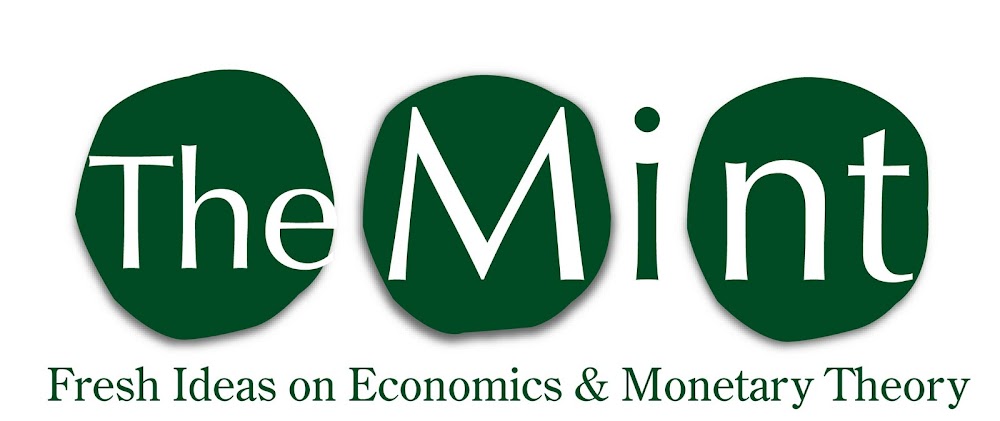We were privileged today to witness an oath ceremony which is taken by residents of the United States who have chosen to become naturalized citizens. What we thought would be a mildly interesting event, which for those taking the oath serves as the final step towards becoming a full-fledged American citizen, moved us to tears.
The ceremony, far from being a bureaucratic event with little more to offer congratulatory remarks and an official seal affixed to a document, is a veritable celebration of the idea of America.
What is moving about the ceremony, at least for us, is a video segment which shows still shots of immigrants of the past, all of whom have come to America’s shores to escape oppression, seek opportunity, or both. It is very powerful.
After the ceremony, they show a brief video address by President Obama, where he welcomes the immigrants to America by inviting them to become part of the great American story which is now their story as well. He encourages them to do good both in their communities and throughout the world.
The ceremony is a celebration of the American idea, that all men and women are free, and that with this freedom comes the obligation to protect it and to share it with others. To use it for the betterment of mankind.
It chokes us up to think about it. We have only been brought to tears at the idea of America three times: First, in 1992, watching Carl Lewis anchor the 4 x 100 relay in Barcelona, where he covered 100 meters faster than any human being before or since. Second, while watching the movie Seabiscuit. And third, today, at the citizenship oath ceremony.
Despite the faults that are inherent in self-government, we will always be inspired by the idea of America and have a profound respect for immigrants, both legal and illegal, for they are the embodiment of this ideal.
In closing, we echo the President’s exhortation, both in the State of the Union and in his video message welcoming new US citizens, that we must all do what is within our power to better the lot of our fellow-man and woman, for to better their lot is to better our own.
